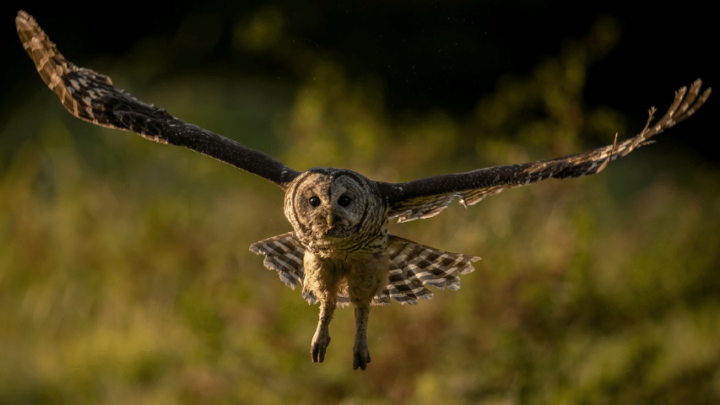Can Owls Sit Criss Cross?
Owls are considered wise although their intelligence is not proven. They appear on many trending objects such as mugs, stuffed animals, and t-shirts to name a few.
The idea that owls are wise is Greek lore and stems from their acute vision and hearing. Owls are cute in a serious way with huge eyes and beautiful colorations.
The term, “wise old owl” is common and a complement when stated to others.
They are stealthy though and very competent predators, capable of even snatching cats as prey and lifting them off the ground.
This is because of their large wingspan and their very long, strong thighs.
Owls do not become easy prey for other predators as they are quick, alert, large, and can be ferocious fighters.
Only one species is endangered at the moment, the Pygmy Owl as it is small in size.
Owls do not look like they have knees but they do. However, the knees bend backward so when roosting or perching it looks as if owls do not have knees.
Can Owls Sit Criss Cross?
Owls cannot sit criss cross. Their legs are long but bend backward. There is a natural need for this and that is to manipulate prey expertly while flying. Owls do not need to criss-cross their legs either. They push off from their bent back legs when they spot prey so this would only be an encumbrance.
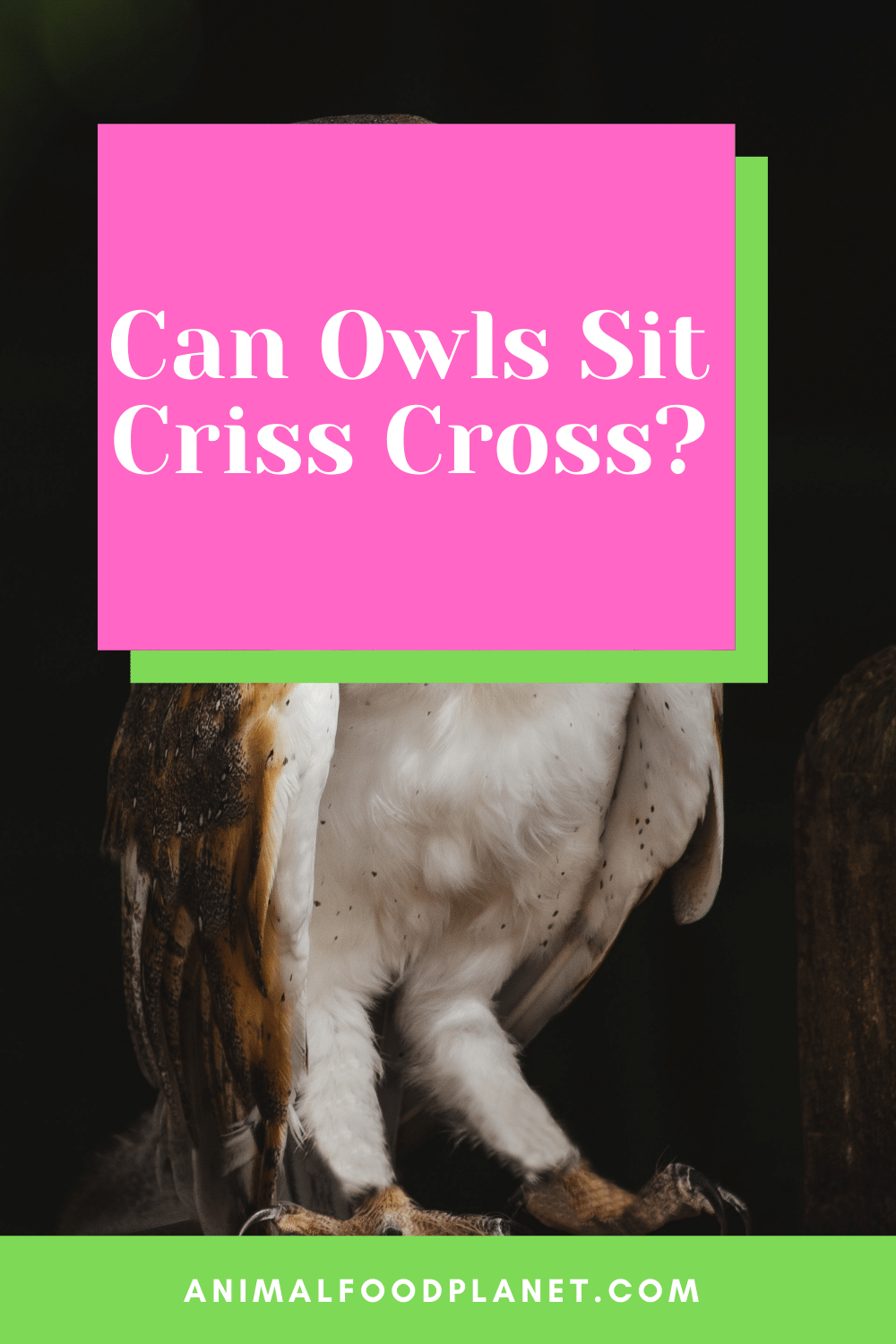
Can Owls Sit Criss Cross
5 Ways to Ascertain that Owls do Not Sit Criss Cross
Whether swooping down on prey from a perch or while in flight, the talons protrude from the front of the leg while the backward stance of the legs stays stable with the pelvis allowing all prey to be scooped up into the air.
Owls were not made for the boardroom but for hunting so crisscrossing legs is not a necessary hereditary trait.
If prey squirms and tries to escape the legs are swiftly moved up preventing further movement by the prey. Owls are swift and the bend of their legs allows maximum hunting abilities.
1. Go to any aviary study site or sanctuary
Many of these sites exist and explain the bent backward biology of the knees, the length of the legs, and the necessity of this type of anatomy in strengthening the pelvis and assisting in hunting.
The National Avery which is a government-funded site on birds is chockful of great information on owls.
The National Avery and many other bird study and sanctuary sites do oftentimes have days when the public can view birds within the sanctuaries and the staff will always answer questions also when called.
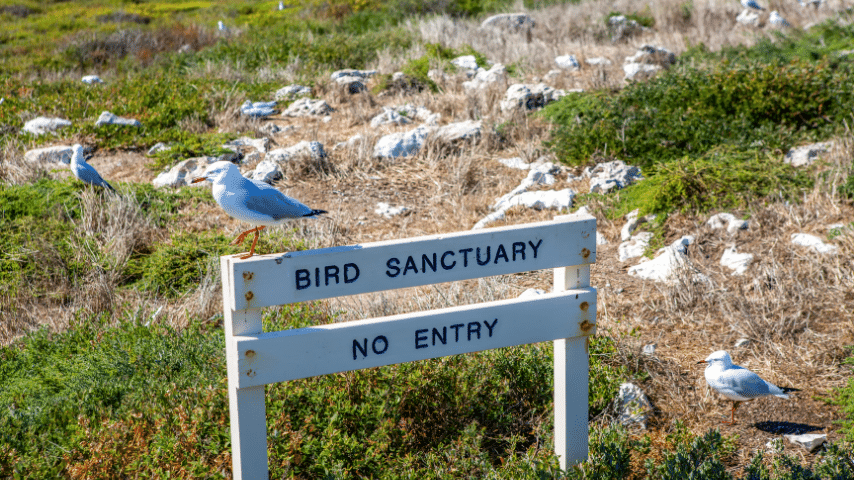
Bird Sanctuary Sites
2. Observe owls while roosting or perching
It is a certain fact that you will not see one with their legs crossed as it is a physical impossibility.
If you do find one with a crossed leg, the leg is probably broken and you should contact a conservatory or rescue for advice as owls with broken legs do not live long since they cannot push off with their legs when broken and become prey or starve.
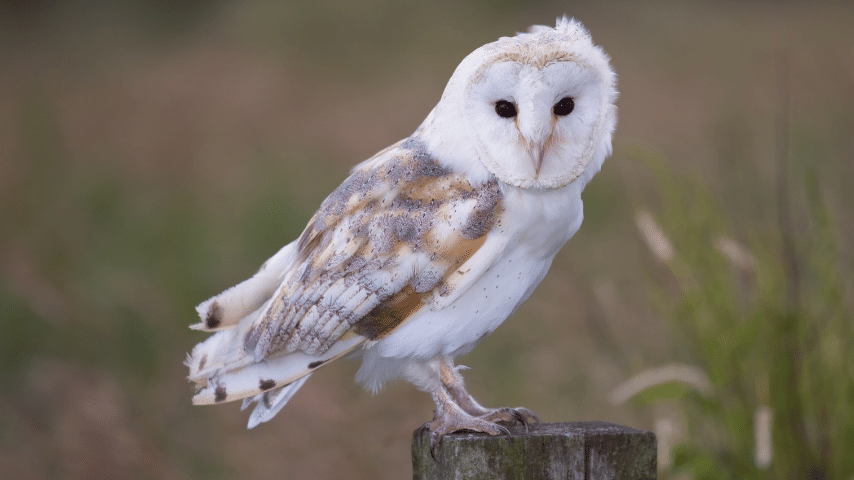
Owls While Roosting/Perching You Will Not See One With Their Legs Crossed
3. Research online for information
There is a wealth of information online to access as birds, especially predatory birds, have always been the subject of much research by biologists and zoologists. Studies galore exist online.
Go to trustworthy sites, however, not just blog sites by individuals promoting affiliate goods. Look for the extension of a verifiable site such as .org or .gov for the best information.

Research Online For Information
4. Stay up at night and observe owls
Most owls are very silent at night when they hunt the most.
You can go to nearby forests, wooded areas, and even old barns or sheds, and many times you can find a perched owl that you can observe.
Caution is a keyword here though as owls may be protecting owlets and are very territorial and aggressive creatures.
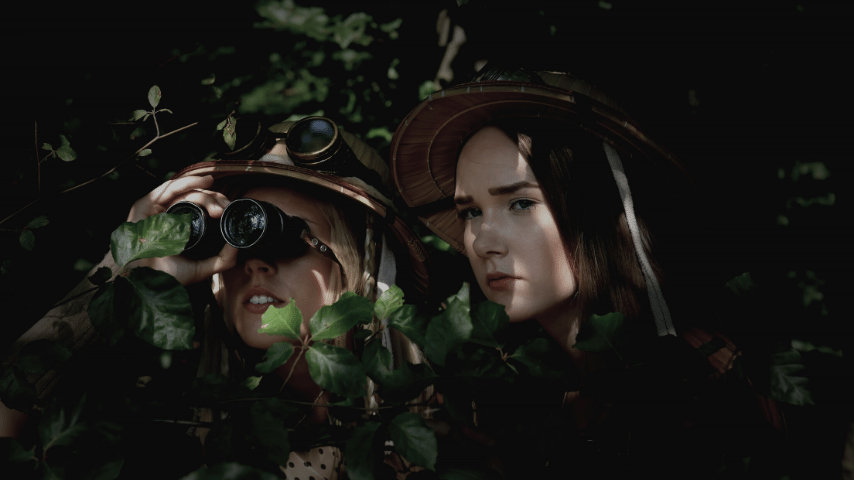
Stay Up At Night And Observe Owls
5. Join a birdwatching group
Observing owls can be done in the daytime and being with a group that knows how to be safe from owl attack and avoid territorial issues is a great way to observe owls and see how they perch and roost. The backward legs will show that crisscrossing is impossible.

Join A Birdwatching Group
Frequently Asked Questions About Do Owls Criss Cross Sit
How can I learn to ovoid owl attacks when observing?
The Audobon Society, another great resource on all birds, including owls provides books and articles on avoiding predatory bird attacks.
Never touch a nest, and of course, avoid an owl that is feeding themselves or their owlets.
Can an owl attack kill me?
It is unlikely but the Audobon Society is investigating one case where an owl attacked a woman, got caught in her hair, and the woman was found dead late
The answer is that this is rare but can happen.
Do owls attach as a group?
Owls do not have a “pack” mentality and are solitary so one owl is usually the only one attacking.
However, their talons and beaks are strong and a panicked owl who gets entangled in human hair can lead to deadly consequences.
While one owl usually attacks and is a female, there can be a mate with her and he will also join in the attack especially if there are owlets present.
A male owl is larger and can inflict more damage to a human.
How else can I determine if a mate is nearby?
Owl species have different mating scenarios with some breeds mating for life much like a married couple while other species only mate for one year and then go their separate ways.
There is no way you can tell if a male is lurking and watching as owls sit and even fly quietly.
If a female starts hooting or chattering while you are observing she is calling her mate and you need to leave the scene quickly.
Most likely some blunt force trauma generally occurs only if an attack does occur although this should be avoided also.
Stitches can be needed as owls will attack your head and use their beaks and talons to inflict deep wounds.
Conclusion On Can Owl’s Criss Cross?
Plain and simple no they cannot. This would not help but hamper their hunting and natural abilities.
Owls can spin their heads completely around but only move their legs in a backward direction.
Their legs are hooked up to their pelvis differently than that of other birds or mammals as they have rather clumsy bodies yet remain fast, swift, and deadly to other animals and even humans at times.
Survival in the wild counts most in genetic makeup and owls have no use for crossing their legs!

